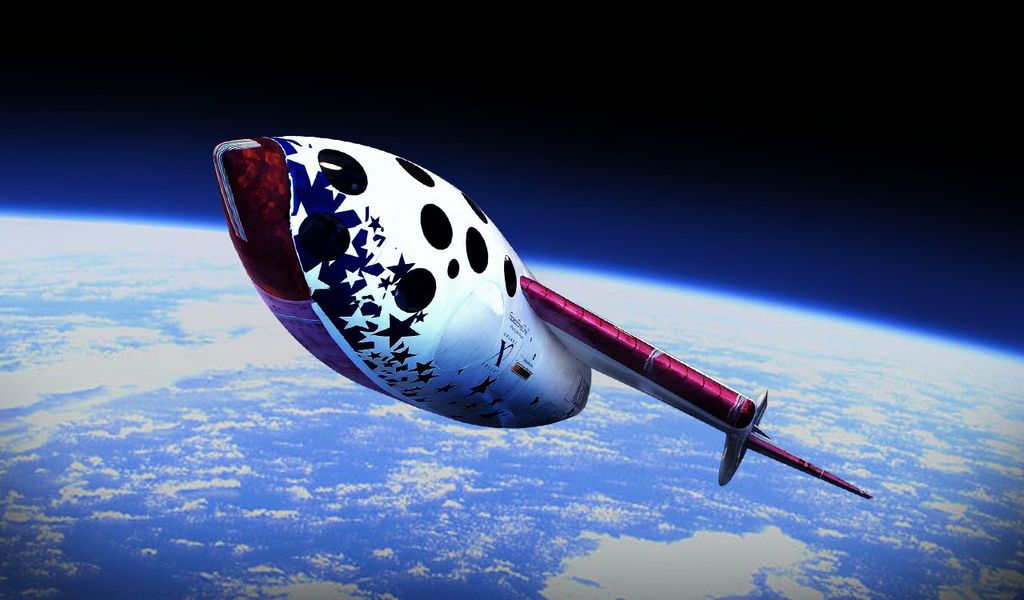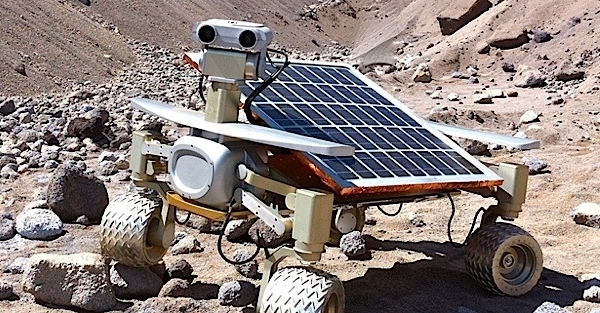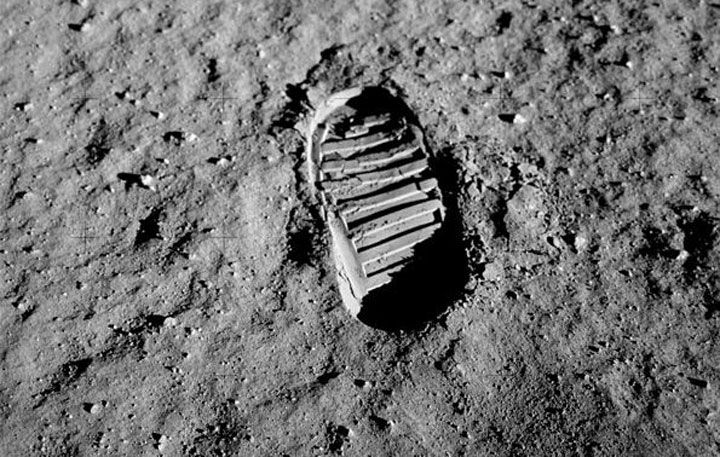
The Moon Landing, which occurred on July 20th 1969, was perhaps the greatest achievement in human history. Not only was it the crowning achievement of the Space Age, it forever established humanity's reputation as a space-faring race. The third space flight program of its kind, and building on the successes of the previous two – Mercury and Gemini - it successfully placed 12 people on the Moon between 1969 and 1972. Never before had such a thing been accomplished, or since...
It is understandable then why many want to return to the Moon, and to stay there. Beyond the fact that moon bases and commercial ventures have been predicted by numerous science fiction franchises (kind of like flying cars), there are also undeniable benefits that go beyond fulfilling futuristic expectations. These include untapped natural resources – which include minerals, silica and volatiles such as water – the potential for scientific research, and the fact that human beings have only explored 5% of the Moon’s surface area.
Unfortunately, going back to the Moon isn’t exactly a cost-effective proposition. According to the The Space Review, the Apollo program cost roughly $20.4 billion dollars in funding from 1959 to 1972. Adjusted to 2010 dollars, that works out to $109 billion, averaged over the six landings as $18 billion each. Between shrinking budgets for space exploration, NASA’s commitment to send a manned mission to Mars, tow an asteroid closer to Earth to study it, and numerous orbiters and rovers that are scheduled to launch in the coming years, this kind of funding isn't exactly forthcoming.
Hence why the X Prize Foundation, a private space competition sponsored by Google, created the Google Lunar X Prize (GLXP). This competition, which is looking to award $30 million in prizes, seeks to inspire engineers, innovators and pioneers to design a robotic space transport system that could land on the Moon, and to do so on a budget.

The Prize was officially launched at the Wired Nextfest on September 13th, 2007, in Los Angeles. As audiences were delighted by a lunar rover mock-up that drove around and climbed over an artificial lunar landscape, the foundation announced that they would be awarding $30 million dollars in prizes to the first privately funded teams that could build a robot, land it safely on the Moon, drive it for 500 meters on (or under) the surface,and then beam HDTV video (aka. "Mooncasts") back to Earth.
The first team to accomplish this by the December 31st, 2015 deadline will claim the $20 million Grand Prize while the second team to accomplish the same tasks will earn a Second Place Prize of $5 million. Teams can also earn money by completing additional tasks, such as traveling ten times the distance requirements (more than 5,000 meters), capturing images of the remains of Apollo program (such as Tranquility Base - the Apollo 11 landing site) or other man-made objects on the Moon, verifying the presence of water ice on the Moon, or surviving a lunar night.
Additionally, there are the Milestone Prizes, which total $6 million in value, that will be awarded for demonstrating (via testing and analysis) robust hardware and software to overcome key technical risks in the areas of imaging, mobility and lander systems. A $1 million Diversity Award may be given to teams that make significant strides in promoting ethnic diversity in the science, technology, engineering and math (STEM) fields. And Space Florida, one of the "Preferred Partners" for the competition, has also offered an additional $2 million bonus to teams who launch their mission from the state of Florida.
As Peter Diamandis, the project founder (and co-founder of HeroX), wrote on the official web page: "It has been many decades since we explored the Moon from the lunar surface, and it could be another 6–8 years before any government returns. Even then, it will be at a large expense, and probably with little public involvement."
Hence why he and others involved want to get the public on-board, to ensure that the train of scientific research and exploration continues in the meantime, and is not dependent on government agencies alone.

This competition is not unlike the Ansari X Prize, an incentive launched by the X Prize Foundation back in 1996. Here, the foundation announced that it would award $10 million to the first non-government organization to launch a reusable manned spacecraft into space twice within two weeks. The winner of this prize was Scaled Composites for their design of the Tier One spacecraft. This ship has since been renamed SpaceShipOne, and along with the WhiteKnightOne and SpaceShipTwo, forms the core of Virgin Galactic's commercial fleet.
Proposed concepts for the GLXP include the MX-1 robot (aka. MoonEx), which was developed by the Moon Express team, one of several teams that hails from the United States. Back in December of 2013, the team was in Las Vegas for Autodesk’s University conference, where they unveiled their robotic contraption and its proposed mission. In addition to landing on the Moon, this solar-powered, hydrogen-peroxide fueled craft is intended to bring back up to 60 kg of cargo from the lunar surface.
CEO Bob Richards even went so far as to describe it as a "FedEx to the moon." In addition to competiting for the GLXP, Moon Express announced that it is partnering with NASA to send a small self-sustaining habitat for vegetation to the Moon. Once there, NASA will monitor it to see how the long-term lunar exposure effects the plant's DNA, a process which NASA described as sending a canary into a coal mine. In other words, they want to explore the possibility of sending people to the Moon for good, and this is one of many steps towards that goal.
Astriobotic, the team behind the Griffin Lander, hopes to win the GLXP so they can mount their inaugural "Icebreaker" mission, which involves their robot exploring for methane, ammonia, and water at the Moon’s north pole. This mission is based on data obtained from the Lunar CRater Observation and Sensing Satellite (LCROSS) and other orbiters that showed the Moon to be potentially rich with volatile elements, especially around the poles. It is Astriobotic's hope that such a mission will encourage interest in the possibility of long-term resource extraction and exploitation on the Moon's surface.

These are just two of many inspired and innovative concepts being put forth by the 33 teams that make up the competition. Check out the GLXP team page for more information on these and other competitors, and to see who is still in the running.
As of June 2014, it was announced that 16 teams remained in the GLXP competition. While none of the teams have announced firm launch dates to claim the prize, it has been said that at least five of the teams are making progress. In a related announcement, Astrobotic (a GLXP competitor) announced that same month that it would be willing to share a single "ride" to the Moon with up to four competitors.
However, as of August 2014, with just 16 months left to go before the deadline, no details are forthcoming as to how any of the teams plan to get their robots to the Moon. What's more, launch service providers typically require launch vehicle reservations 24 months prior to the date of the launch. Nevertheless, the competitors, which represent some of the best and brightest minds of the world, are working hard to see their proposals through to deployment. And it is worth remembering that the deadline for the Prize has been pushed back before.
Oriiginally, the prize was launched with the intent of putting a robot on the Moon by 2012, with a $20 million prize to the winner if the landing was achieved by that time. However, in 2010, the deadline was extended, with the prize to expire at the end of December 2015. So it is not unreasonable to suspect that if no team has found a way to arrange transport by the New Year, that it will be extended a little further.
And ultimately, the aim of the Prize is to encourage innovation. As the many concepts that have been forward can attest, this goal was certainly accomplished. I think it's fair to say we're going back to the Moon in the not too distant future. And more than likely, we'll be making our presence felt.
Sources:
- lunar.xprize.org/
- ansari.xprize.org/
- www.astrobotic.com/griffin
- www.wired.com/2007/09/lunar-rover-mak/
- www.thespacereview.com/article/1579/1
- www.virgingalactic.com/human-spaceflight/our-vehicles/
- http://www.space.com/16509-images-google-lunar-x-prize-teams.html
- www.nasa.gov/centers/ames/cct/office/cif/2013/lunar_plant.html#.VIacAMkiCto
- www.newspacejournal.com/2014/06/19/astrobotic-offers-other-glxp-teams-a-ride-to-the-moon-but-does-it-have-a-ride-of-its-own/
- www.fastcoexist.com/3022999/futurist-forum/a-space-startup-unveils-fedex-to-moon-spacecraft
- www.extremetech.com/extreme/171975-nasa-teams-with-google-to-grow-plants-on-the-moon-by-2015
Image Credits:
- Apollo Bootprint: NASA
- GLXP Promo: Lunar XPrize homepage
- SpaceShipOne: Ansari X Prize
- Rover: Lunar XPrize Teams








